“Introduction To vs Introduction Of: Key Differences”
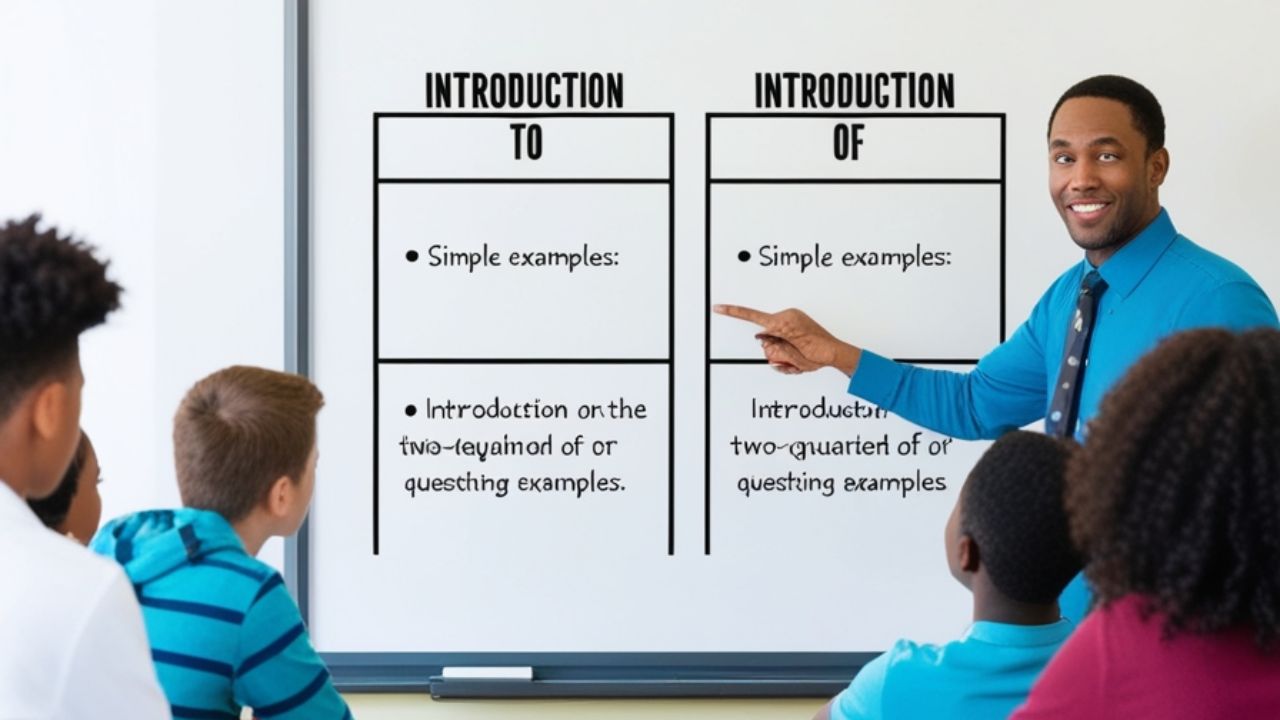
The word introduction helps us begin something new. When we use introduction to, it means showing or guiding someone toward ...
Read more
By Which or In Which: Grammar Rules & Easy Examples
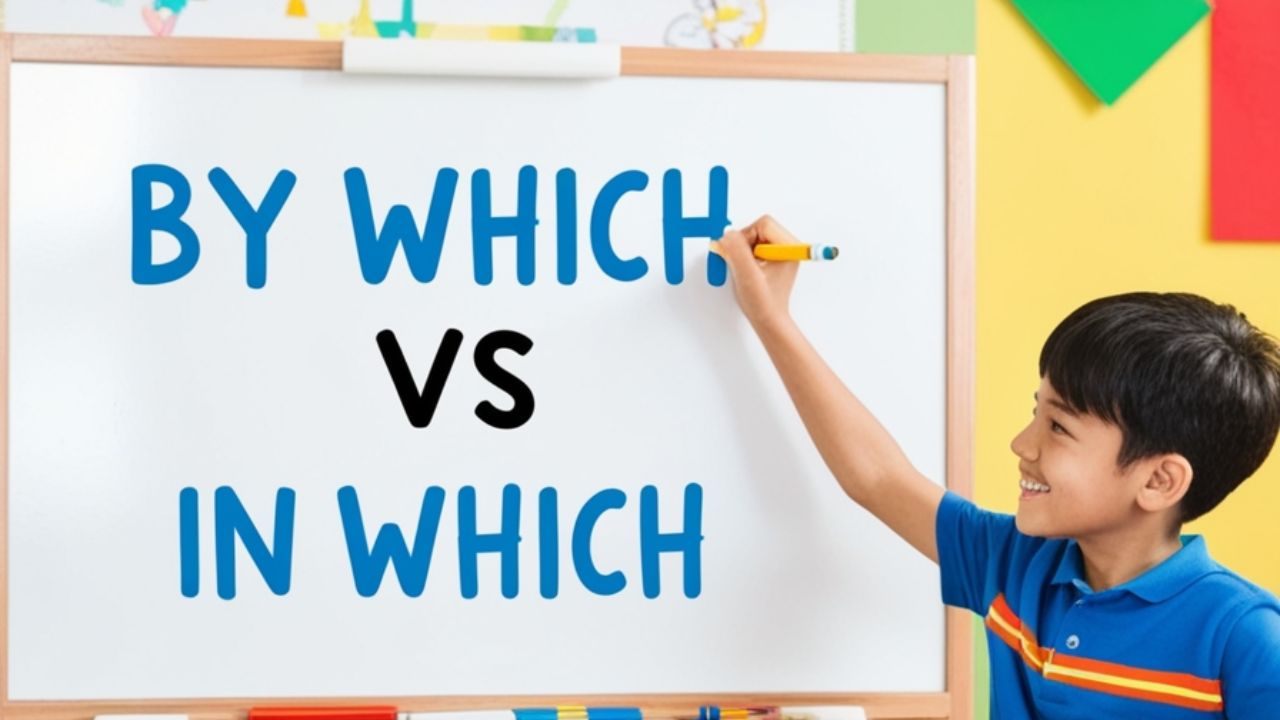
The phrases by which and in which help writers make clear sentences. One shows a way or method, and the ...
Read more
Any Problem or Any Problems? Grammar Guide Explained
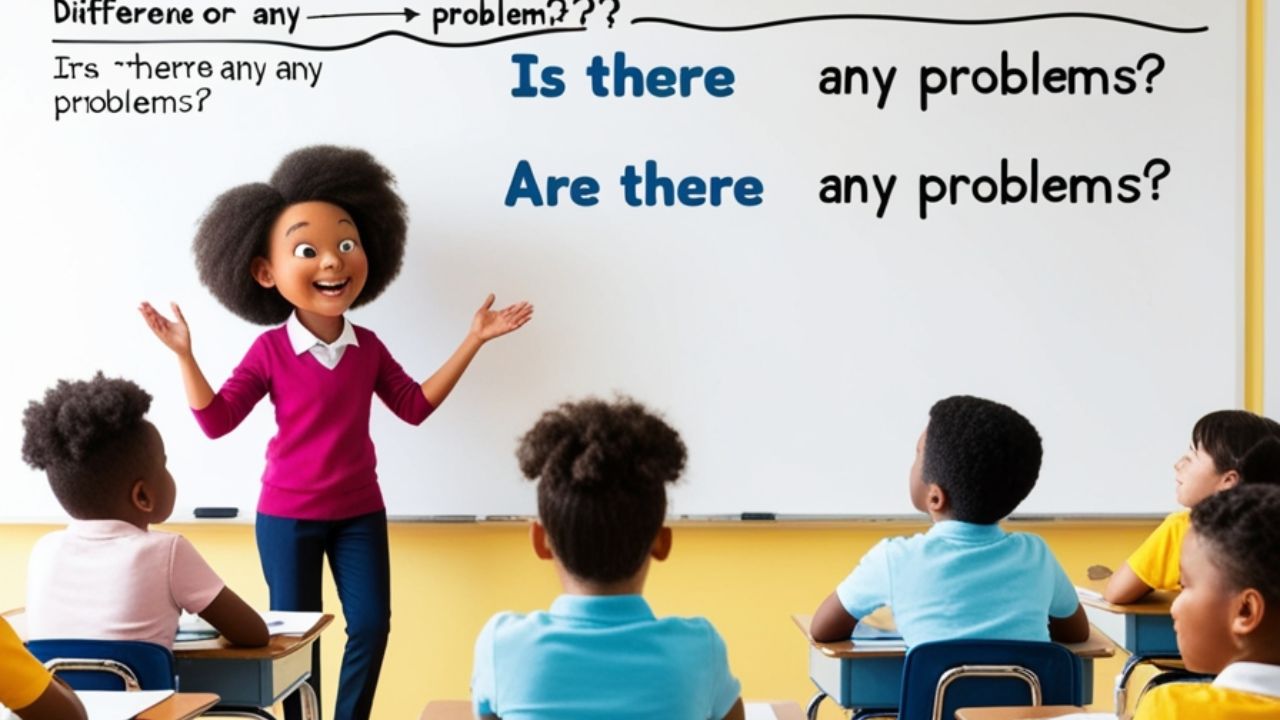
The word problem means one issue, while problems means more than one. Knowing when to use each helps you speak ...
Read more
Die vs. Dice: Correct Singular and Plural Usage Explained
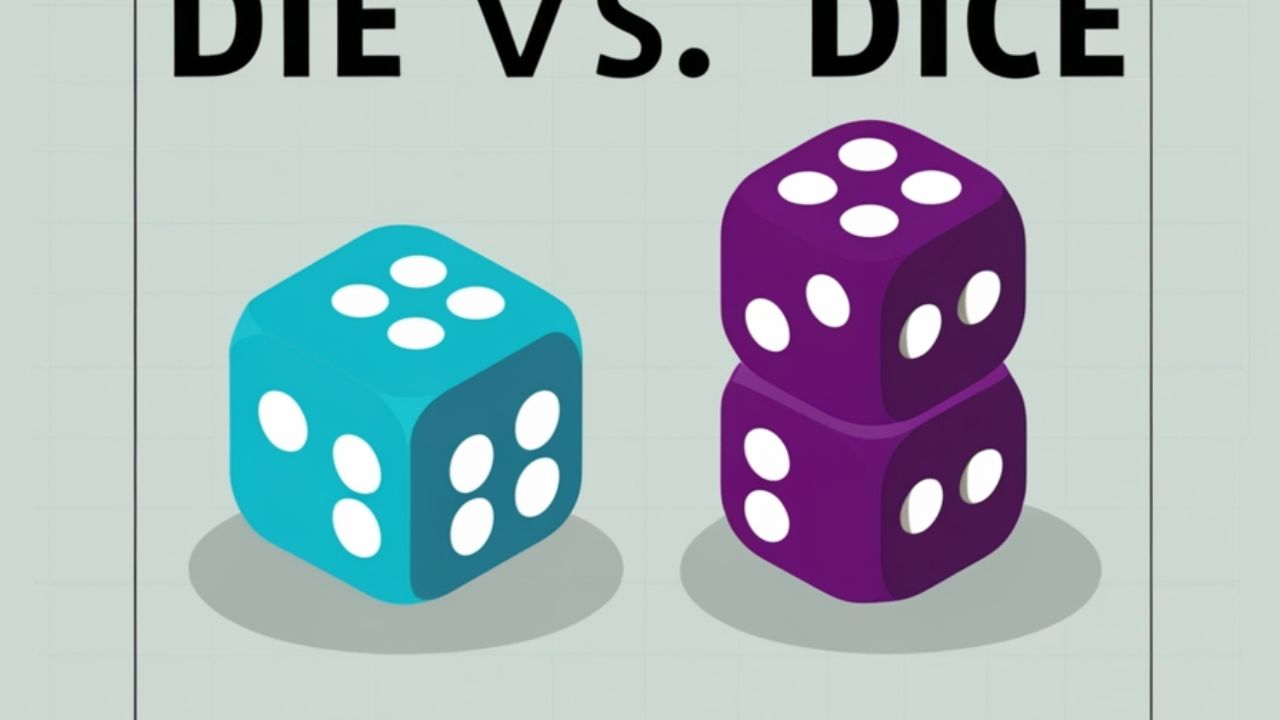
Children often play games that use small cubes with numbers. Each cube is called a die, and more than one ...
Read more
Some of Whom or Some of Who? Grammar Made Simple
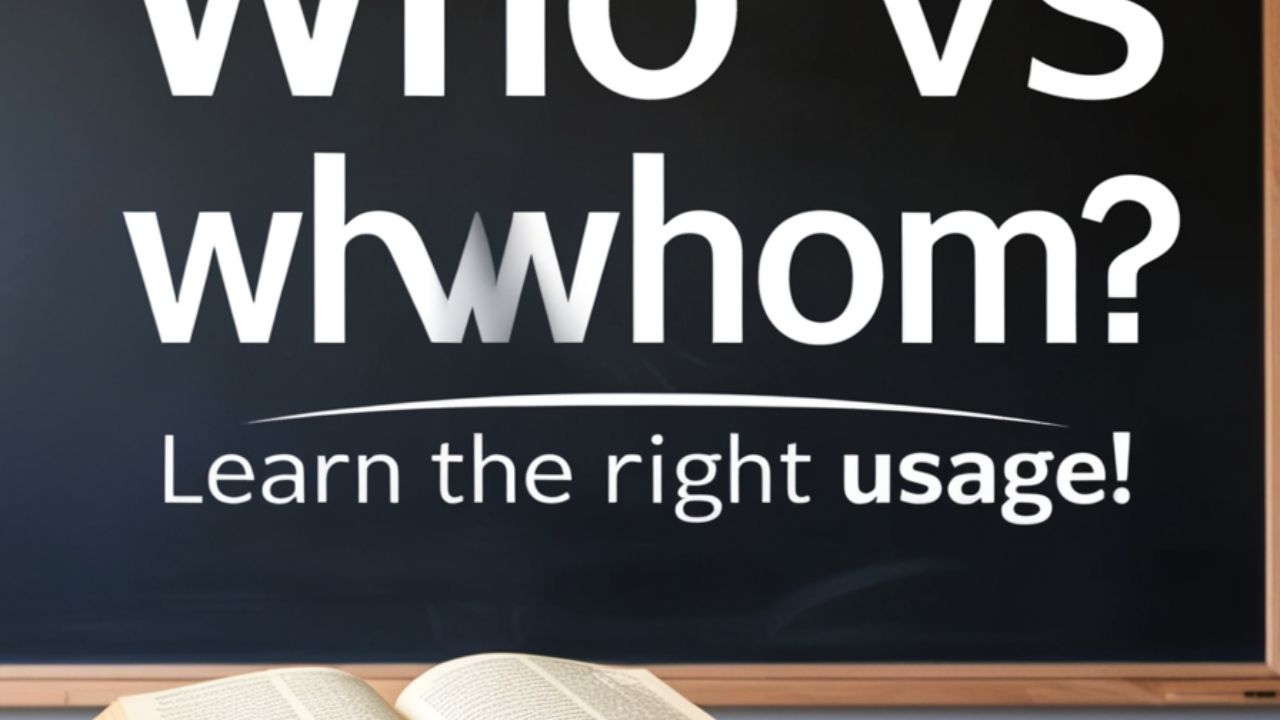
Understanding Some of Whom or Some of Who helps young learners use correct English. This phrase explains how we talk ...
Read more
Comma Before or After “For Example”? Simple Grammar Guide
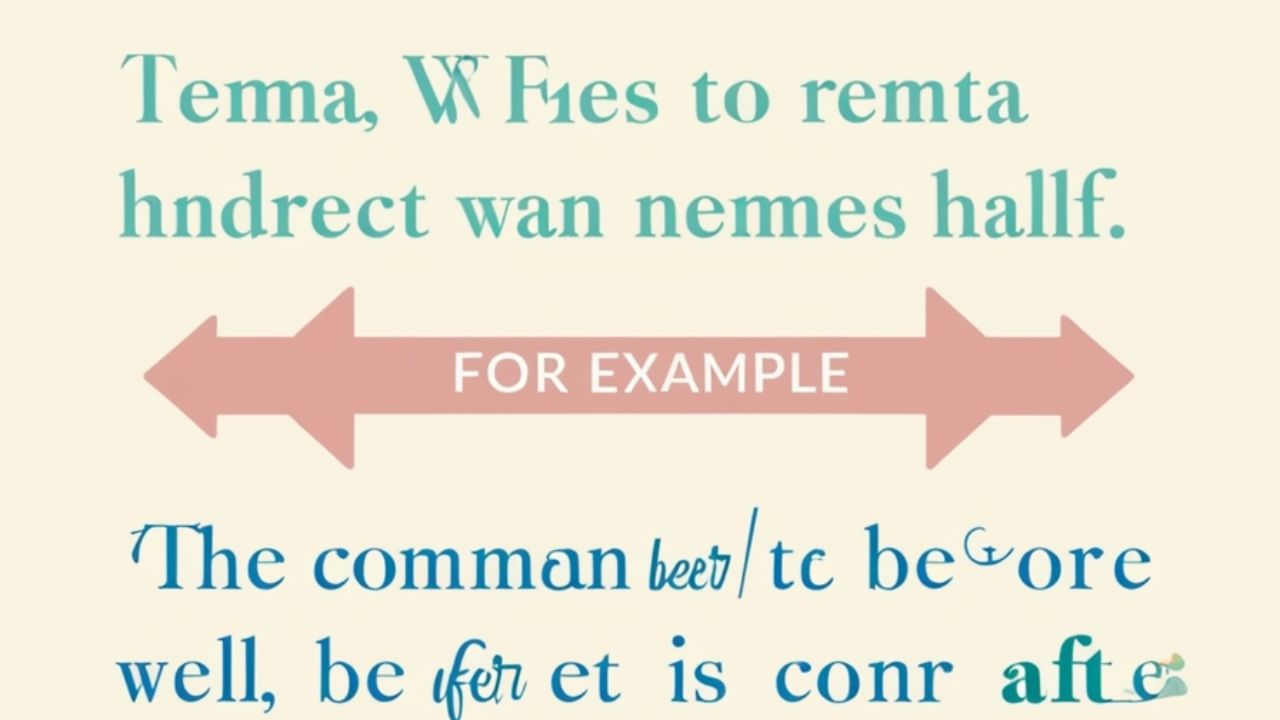
Understanding comma before or after “for example” helps make sentences clear and easy to read. Writers use it to separate ...
Read more
Giving or Given? Key Rules with Clear Examples

Learning the word Giving is simple. It shows an action happening now. When someone says, “She is giving a toy,” ...
Read more
Seem or Seems: Easy Grammar Guide with Examples

Learning the verb seem helps you show how something looks or feels. When the subject is one person or thing, ...
Read more
There Has Been or There Have Been: Grammar Made Simple
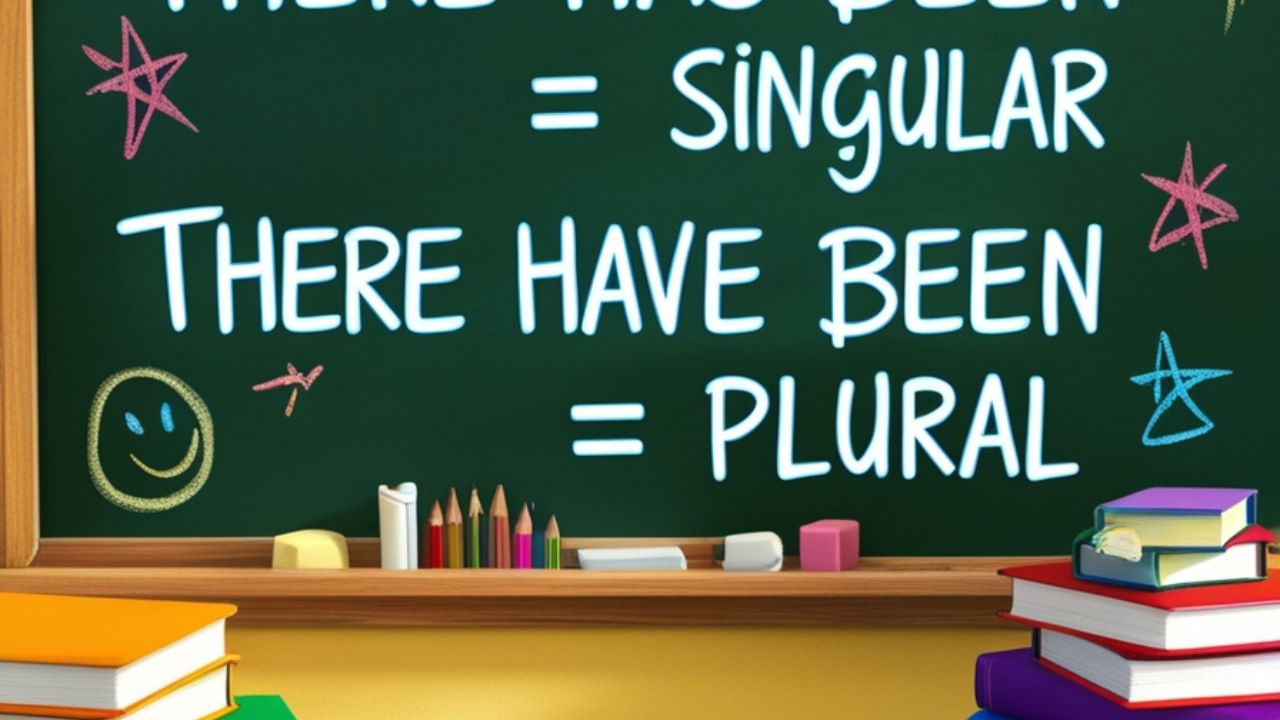
There Has Been or There Have Been is about using the right verb with the right noun. There has been ...
Read more
To Many vs Too Many: Grammar Rules & Real Examples
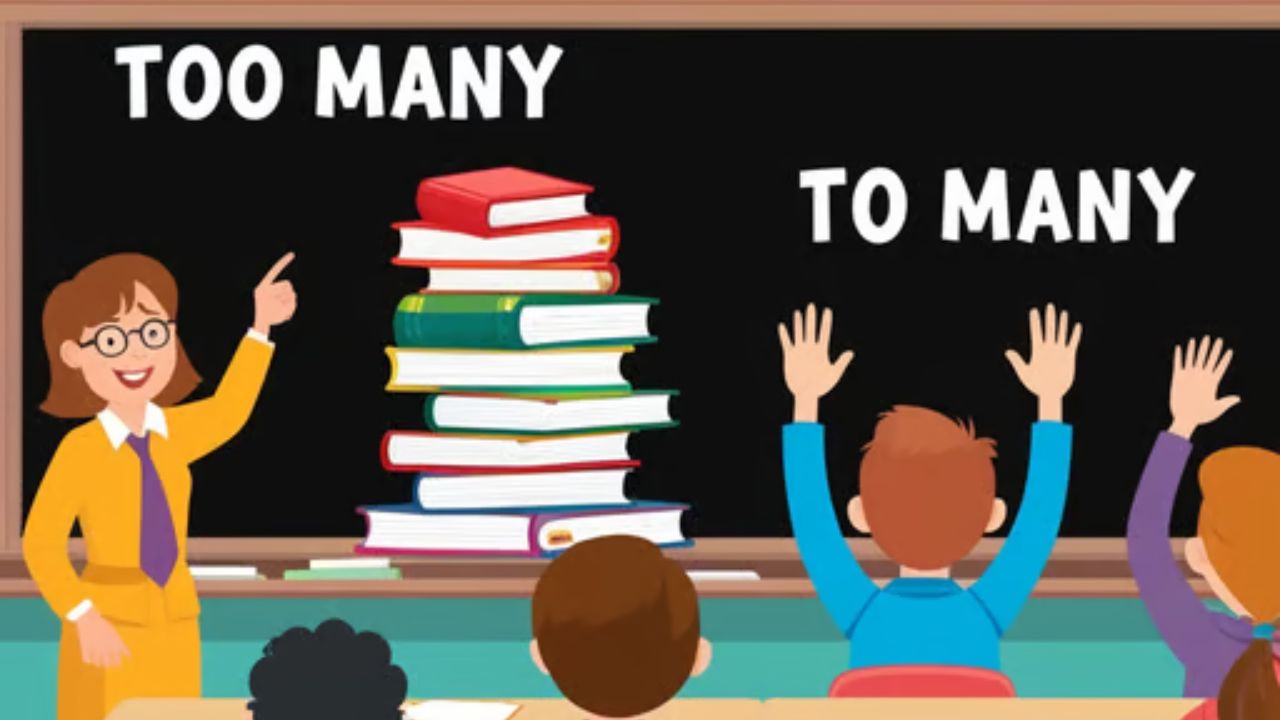
“Too many” shows there is more than enough of something. We use it with countable nouns like books, chairs, or ...
Read more









